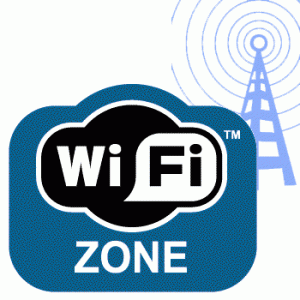Unlicensed wireless services, including Wi-Fi, is set to receive a spectrum boost as the Federal Communications Commission has moved forward with plans to free up 100 megahertz of spectrum in the 5 GHz band for unlicensed use.
The FCC adopted a Report and Order that modified rules for unlicensed spectrum use that it said will streamline the use of spectrum in the 5 GHz band. Unlicensed spectrum uses are currently tied to 555 megahertz in the 5 GHz band, though there are limitations for indoor use only. The Wi-Fi usage in that band is typically signified by the 802.11a standard.
The FCC said the modified rules will remove the indoor-only restriction and provide more access in the 5.15-5.25 GHz band and allow the Wi-Fi industry greater leeway in implementing the 802.11ac standard, which accesses both the 2.4 GHz and 5 GHz bands.
One stipulation of the modification is that the FCC also changed “certain technical rules to improve protection for incumbent systems by requiring manufacturers to secure their devices against illegal modification which could cause interference to incumbent users in the band.”
The commercial wireless industry has had an un-easy relationship with unlicensed spectrum as most mobile operators prefer as much spectrum as possible to be dedicated to licensed use, which they control and is typically free of interference concerns. However, carriers have also increasingly been turning towards unlicensed Wi-Fi to offload data traffic from consumer devices in an attempt to curtail the impact those devices have on traditional wireless networks.
Cisco recently reported that an estimated 45% of global wireless traffic was offloaded to Wi-Fi hotspots or femtocells last year. That amount is projected to increase each year until offloaded traffic surpasses that which stays on the mobile network. Cisco’s Visual Networking Index projects that by 2017 Wi-Fi will account for 48% of the global IP traffic and cellular for 10%.
FCC Chairman Tom Wheeler added that the commission was looking to free up further spectrum assets for unlicensed use, including plans tied to the 600 MHz incentive auction and 3.5 GHz bands.
“We are not stopping here when it comes to unlicensed spectrum,” Wheeler noted in a statement. “We are committed to making more spectrum available for unlicensed use in our incentive auction proceeding and our 3.5 GHz proceeding, and will continue to carefully study technical analyses that could further expand access to spectrum in up to 195 additional megahertz of spectrum in two other portions of the 5 GHz band.”
Bored? Why not follow me on Twitter?

